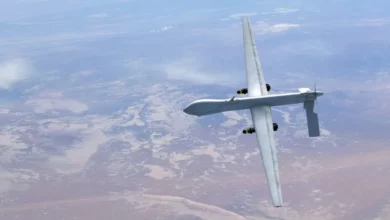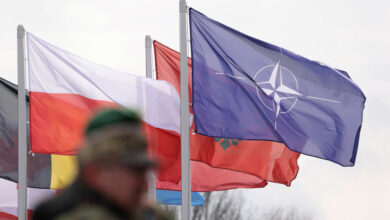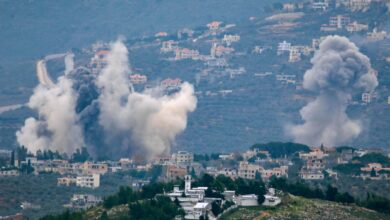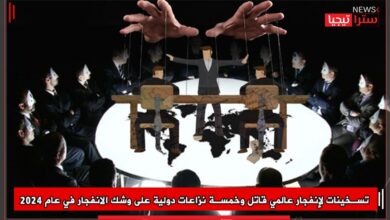Nuclear Alliance: China, Russia, and North Korea Towards “The Holy Resolve”
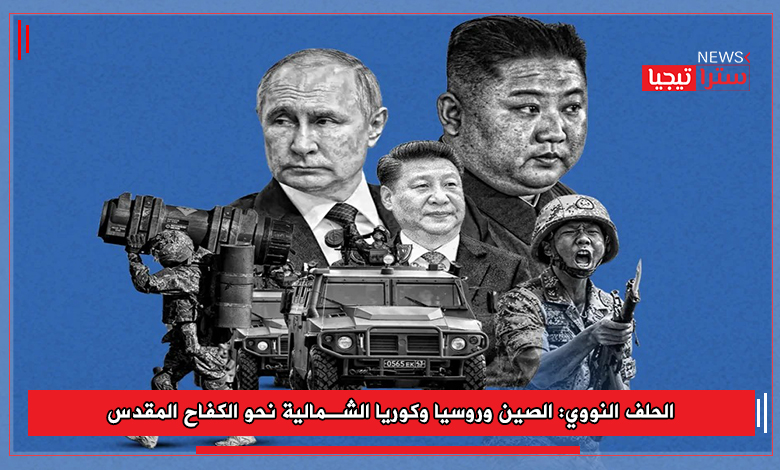
Prepared by Faten Jabari: Department of Strategic Research and International Relations
Translated by Wissal Khlifi : Department of translation and interpreting
18-03-2024
Introduction
One year after the Russo-Ukrainian War, Russia announced the suspension of its participation in the “New START” treaty with the United States to limit nuclear weapons, which is tasked with reducing the number of strategic nuclear warheads that both countries can deploy. This move opened the door to a new, unrestricted nuclear arms race, with both Moscow and Beijing joining in, along with North Korea.
While there are no definite reports on the stockpile of available warheads for international armed forces.
North Korea constitutes a military force – nuclear, relying on its leader Kim Jong Un’s rhetoric of possessing destructive power and threatening missile and nuclear tests against its adversaries and the United States of America.
The threat of North Korea’s nuclear and missile arsenal is increasing, along with the possibilities of armed conflict in Northeast Asia.
The diplomacy of the North Korean leader has gradually relied on rapprochement with Russia and China. At a meeting in Pyongyang, both the North Korean defense minister and his Russian counterpart, Sergei Shoigu, pledged to expand their military cooperation “to stand firmly against the common enemy,” the United States of America. Hence, Kim demonstrated his full support for the theory of “The Holy Struggle” waged by the Kremlin against the West, considering Putin to be “the closest friend of the Korean people.”
First: Russian and North Korean rapprochement
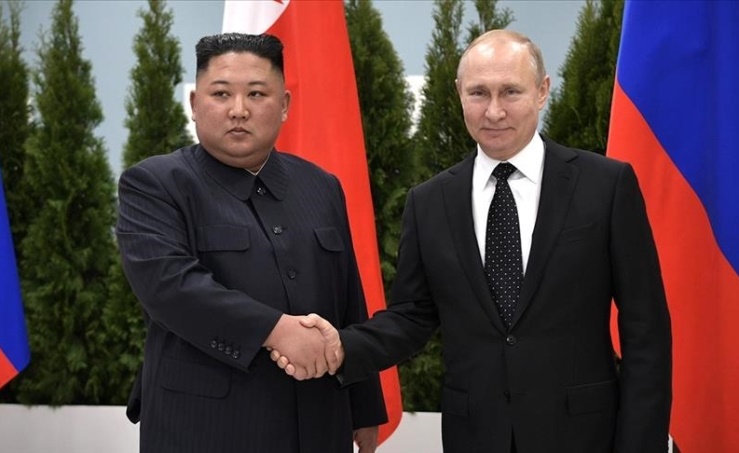
For some time, Russia has provided food aid to countries suffering from famine, in addition to sensitive Russian military expertise, combat aircraft, surface-to-air missiles, armored vehicles, and equipment used in ballistic missile production, enabling North Korea to catch up with the nuclear race.
North Korean military efforts have been directed specifically towards enhancing defensive and offensive missile capabilities, as a means to impose a balance where any attempt to overthrow the Northern regime by military force would come at a high cost to the enemy. This shift has led the United States to not overlook its calculations in dealing with the country, without neglecting the role of the international umbrella provided by both Russia and China, allowing the North Korean regime to overcome the fear of being overthrown.
The global position imposed by the ballistic-nuclear system with Russia
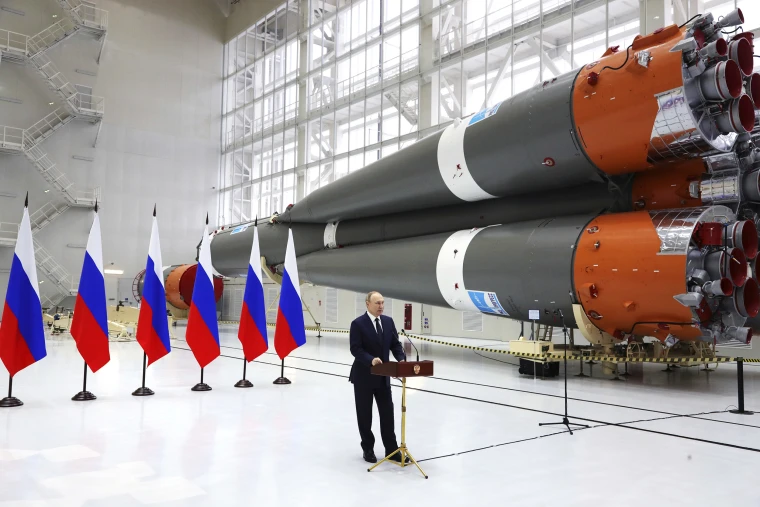
North Korean defense policy relies on a nuclear deterrence strategy, with an arsenal of nearly 60 nuclear warheads. North Korea has conducted several tests of intercontinental ballistic missiles and advanced technology, allowing it to send its first reconnaissance satellite into orbit.
Precise supplies in this field come from both sides, as North Korea sends artillery ammunition needed by Moscow for use in Ukraine. US officials have confirmed that over 1000 weapon containers have reached Russia by ships and trains.
Experiments have shown that North Korean missiles pose significant challenges to Ukraine’s interception, as they are long-range missiles, allowing Russian forces to launch them from remote areas within Russian territory. Additionally, they are technologically advanced and difficult to detect.
Therefore, North Korean military support can be decisive in the Russian campaign aimed at stopping the advance of the Ukrainian army. As for Pyongyang, delivering its weapons to Russia represents an important opportunity to test its arsenal in real battles.
In addition to undermining US and allied efforts to defend Ukraine, the expansion of North Korean-Russian cooperation threatens the stability of the Korean Peninsula. Reports have emerged indicating that Russia has launched the first ballistic missile made in North Korea at Ukraine, and the latter has fired hundreds of artillery shells towards the sea near the disputed border with South Korea.
For North Korea, South Korea is no longer a “partner for reconciliation and reunification,” but rather an enemy that must be defeated through nuclear war, if necessary, according to Kim’s equation.
Second: China’s role alongside North Korea China plays a significant role
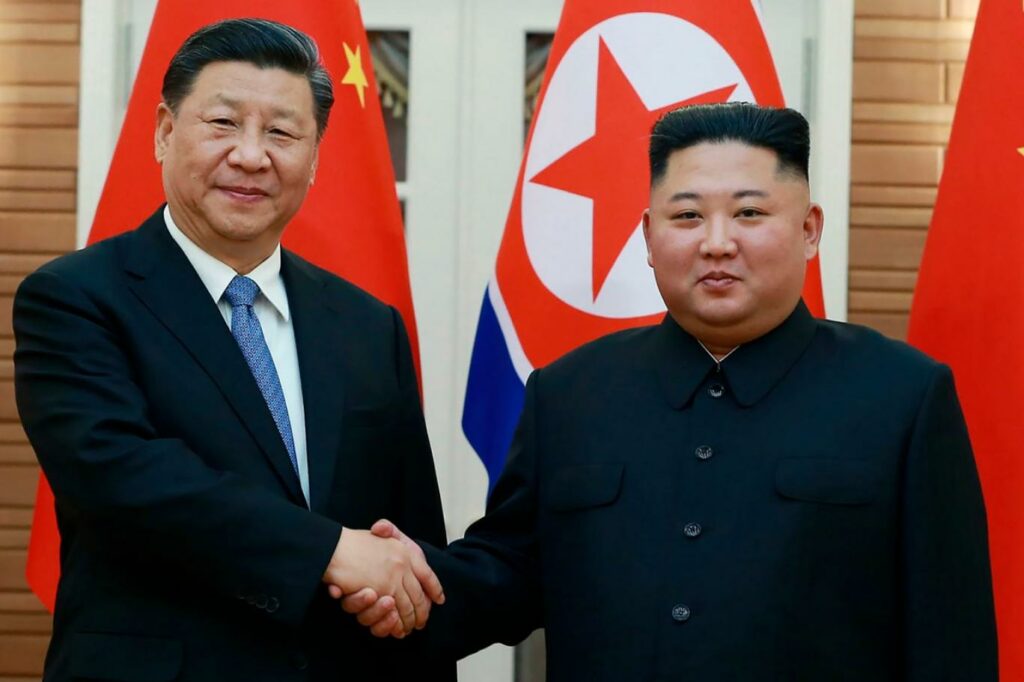
Beijing’s security relationship with Russia has deepened recently, as Russia has provided China with sensitive weapons and expertise in defense industries. The two countries are increasingly conducting advanced military exercises together.
China has allowed a greater Russian military role in the Asian continent, securing the political cover and economic lifeline needed by Putin to continue fighting in Ukraine. China has also protected North Korea from international sanctions and pressures aimed at forcing Kim to abandon its nuclear military program.
Historically, these three countries have a precedent of cooperation. During the Cold War, China, North Korea, and Russia adhered to the stance of “opposing imperialism,” a slogan that guided the activities of these three countries hostile to the West.
Their current cooperation focuses on coordinating and unifying ways to confront the ongoing conflicts in the world, especially in Eastern Europe, the Korean Peninsula, Taiwan Strait, and the Red Sea region.
The tripartite alliance of “Russian-Chinese-North Korean” paves the way for reconstructing and reshaping the strong image of the North Korean communist regime, an image that has been torn apart by decades of poverty and a politically isolated system.
Chinese and Soviet support helped North Korea face South Korea and its allies and achieve a stalemate in the war since 1953.
Third: the way America dealt with the North Korean dossier
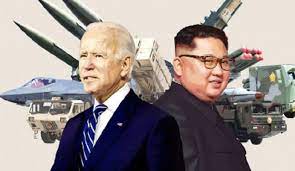
It can be said that the North Korean regime has always expressed its strategy in dealing with the United States and its regional allies. Through the leader’s speeches, Kim always affirmed that the option of negotiating to normalize North Korean relations with the West is based on a steadfast position that does not accept any concessions in any sovereign issue or lifting the embargo on Korea, without offering any concessions regarding its nuclear program before reaching a final agreement.
While the White House’s policy has shifted towards a deterrence-based diplomacy due to the firm stance of Russia and China supporting North Korea, which forces the US administration to reconsider its regional strategy by easing sanctions on North Korea and the US-South Korean military exercises pact to avoid a possible disaster in Northeast Asia.
Conclusion
The North Korean leader plans to conduct a tactical nuclear test to challenge the decisions of the Security Council. The leader’s deliberate repetition of North Korean missile tests and escalating tensions in the Sea of Japan, including the Taiwan issue, helps to portray the image that Vladimir Putin is trying to present in the form of provocations, as a result of US policies in the world.
Therefore, it seems that one of North Korea’s objectives through its missile tests is either to attempt to synchronize its security and strategic clock with the Russian decision to change the shape of the international system or to threaten to ignite its nuclear arsenal in Northeast Asia with a push of a mad button, as described by the world.


